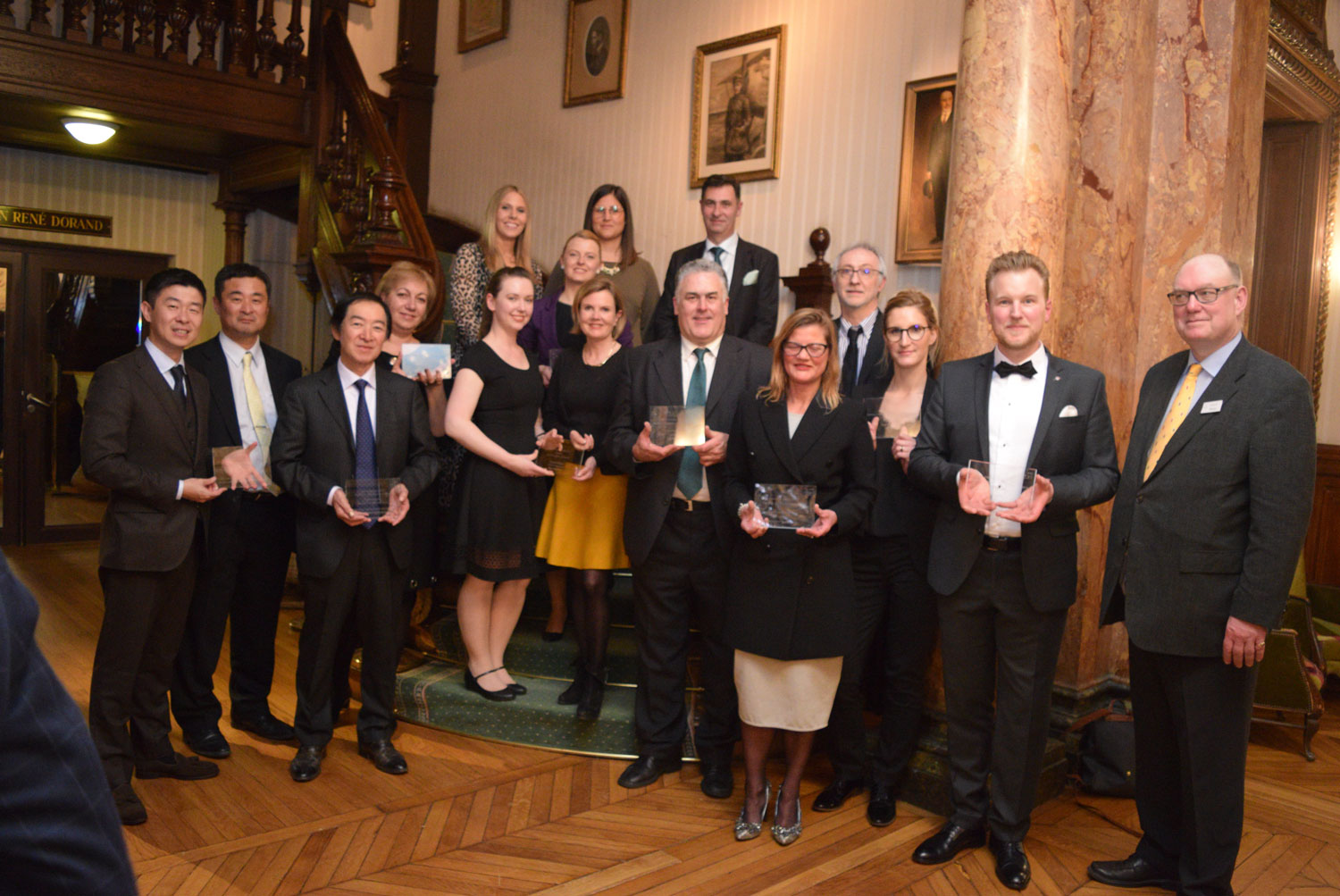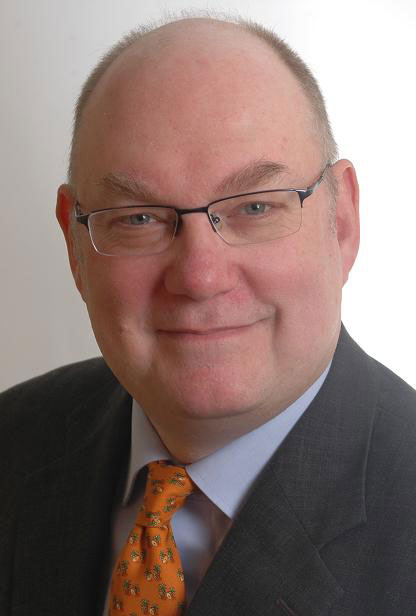This is a translation of my German blogpost Hinter den Beauty-Kulissen… ProTec Ingredia GmbH Proudly Presents: Im Gespräch mit Dr. Jan-H. Riedel vom BSB Innovation Award. Enjoy!
In cooperation with ProTec Ingredia // I’m on the phone with Hamburg. Dr Jan-H. Riedel from Consulting and Service Bureau Dr Riedel e.K. (BSB) is taking my call on a busy day of simultaneously home-schooling his son and working on a business project. Despite the additional workload, Riedel feels that the pandemic is not just a challenge but also a source of motivation. In our interview, he explains to me why.
Beautyjagd: How did you end up working in the beauty industry?
Dr Jan-H. Riedel: Purely by chance! I was studying chemistry and finished my PhD in 1992. Unlike today it was difficult finding a job as a chemist back then. When I was offered the chance to work for cosmetics manufacturer Beiersdorf I took the job. I didn’t want to stay on doing research at a university since the ivory tower of classic academia never really appealed to me. I much prefer using my knowledge in a practical way – I believe that the findings of scientific research should be made available to benefit everyone.
I started my career in the product development department of Beiersdorf and then moved on to the company’s applied research division. At the same time, I began building up my own business and in the late 1990s, I founded my agency. BSB offers technical-chemical consulting with a particular focus on cosmetics development.
In 2003 you launched the first BSB Innovation Award. What exactly is this award and how does the selection process work?
The BSB Innovation Award has been around for almost 20 years now. It’s an annual award which recognises and honors new cosmetic raw ingredients, conventional and organic products as well as product concepts in regards to their innovation potential. I have assembled a jury of 17 experts from the cosmetic industry that are evaluating and judging the award submissions. As you should know – after all, you’re one of our jury members in the category ‘Applied Concepts’!
A raw ingredient or finished cosmetic product is considered innovative when it shows a visible improvement on the currently established standard. Trends are also playing an important role. When judging the finished products we pay particular attention to the raw ingredients that are used in the formulation but also to the product story, the packaging and how the product performs in application tests. Two years ago I introduced a special environmental award, the BSB Innovation Award Environment.
The BSB Innovation Award ceremony takes place as a part of a festive event. During the pandemic it is, of course, impossible to organise the usual festivities so I’ll be presenting this year’s award virtually, on the 14th and 21st April 2021.
Why did you decide to initiate the BSB Innovation Award?
I already mentioned that I believe that scientific research should not be an end in itself but that it should benefit people and the environment. I introduced the BSB Innovation Award because I want to promote and encourage the global dissemination of knowledge and innovation. Including the industry is crucial because this is where the practical knowledge and expertise is based so we’re closely collaborating with manufacturers, companies and other industry players.
I feel proud when award-winning concepts become successful, like the project of the Institute of Pharmaceutical Technology of Berlin’s Freie Universität with Professor Dr Rainer H. Müller. Around ten years ago, Professor Müller and his team developed a novel active ingredient carrier system in cooperation with a German cosmetics company. The product that was manufactured with this new technology became very successful.
Where will future innovations come from?
The BSB Innovation Award Environment – a new environmental award that I launched two years ago – is very close to my heart. There is so much going on in this sector because many products or ingredient innovations are directly linked to sustainability and the environment. The entire industry is becoming greener. You can easily see the improvements when you look at the raw ingredients that were developed over the past twenty years. In the 1990s the topic of sustainability was considered to be less of a priority but today it plays a leading role: raw ingredients, packaging and products all should be recyclable according to the “Cradle to Cradle” concept. The 17 sustainability goals of the UN’s 2030 Agenda for Sustainable Development and the fair trade aspect are also important criteria for the BSB Innovation Award Environment. The positive impact of an ingredient or product on the environment must, of course, be substantiated by research data and facts.
There are two examples from the packaging sector that are very interesting right now: German organic brand Weleda, for example, is currently updating its product packaging with material manufactured with recycled plastic. And L’Oréal is developing cosmetics packaging based on liquidised CO2. I think we’ll be seeing many more new and sustainable developments in this area.
And how are you doing during the pandemic?
It might sound a bit surprising but Corona is also a motivation for me: The pandemic is showing us very clearly how strongly humans have already interfered with nature. Sustainability is more important than ever. Around 100 years ago the Spanish flu spread across the world – this was also a virus that crossed the species barrier from animals to humans. These types of pandemics will likely happen much more frequently in the future if we don’t start showing more consideration for our environment.
Conserving the rain forests is much more closely linked to a potential pandemic than you might think. When the eco-system is out of balance viruses have a much bigger chance of getting out of hand and becoming more wide-spread. Scientific research is currently exploring how biological factors (like species diversity, climate etc.) affect the spread of pathogens. There are signs that the destruction of eco-systems and the resulting decrease in species diversity can actually boost novel infectious diseases. That’s another reason why I became active in encouraging more sustainability in the beauty industry with the BSB Innovation Award Environment.
Copyright Photos: Dr Jan-H. Riedel
In the next chapter of our Beauty Soap I’m travelling – virtually of course – to Brittany where I’ll be participating in a webinar on blue biotechnology. Stay tuned!



